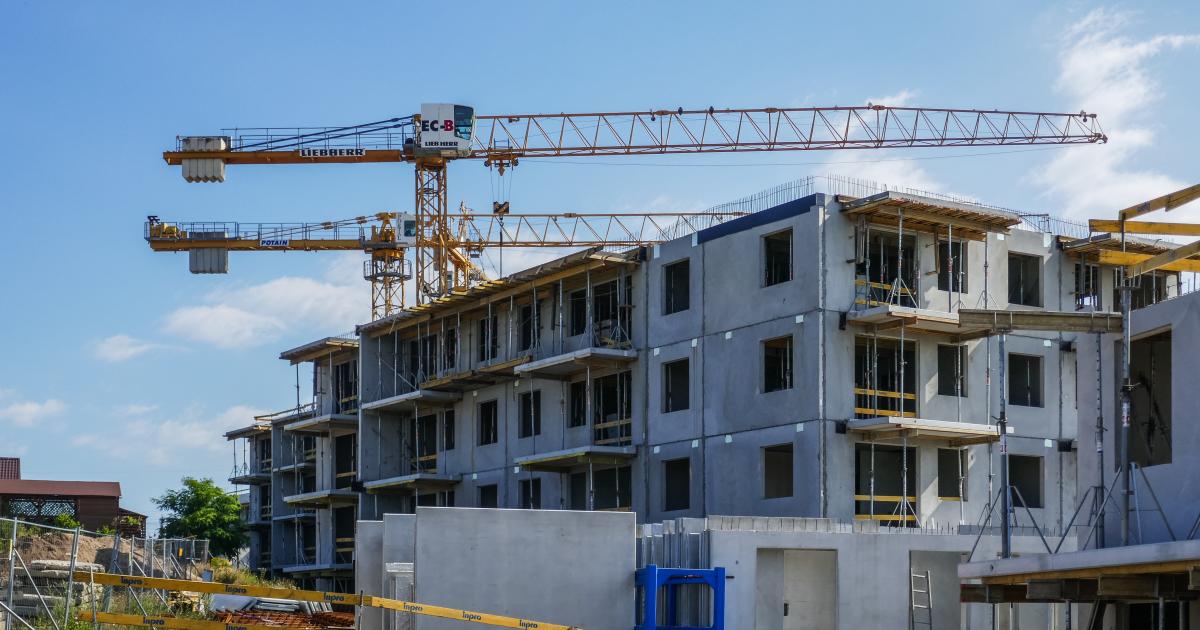
Let’s end the week with a bit of good news for our future as a species on this floating ball of dirt. Brimstone, a major player in the industrial decarbonization field, has passed a crucial third-party strength test, bringing the dream of net-zero construction one step closer to reality.
The company’s proprietary portland cement met the American Society for Testing and Materials’ (ASTM) indicating that it can do everything traditionally-made portland cement can do with regard to construction projects. This is a big deal, as portland cement is not some niche product, as it comprises 95 percent of all cement produced in the United States. Chances are, if you are in a building made from cement, you’re surrounded by ordinary portland cement (OPC).
Brimstone says the carbon-negative cement is identical in “all respects” to OPC, including performance, safety, and overall chemical composition. The only difference is that it wasn’t manufactured using the conventional, carbon-intensive methods. The company also notes that its “strength, workability, durability, and compatibility with steel and other materials” make it an ideal choice to “build structures safely and efficiently.”
There are plenty of other alternative building materials out there, but this is actual portland cement, so adopting Brimstone’s product won’t force “millions of construction workers to get retrained to use a new material,” according to CEO Cody Finke. He also touts that the product will be “equal or lower cost to other options” and will “slash carbon emissions.”
Being as this is the same industry-standard portland cement used for over 150 years, the company won’t have to jump the usual regulatory hurdles when developing a new building material, with the company boasting “the same buildings, bridges and roads being built today can be built tomorrow without carbon.”
How did it manage such a feat? Conventional cement production involves heating limestone to ultra-high temperatures, which releases large quantities of CO2 embedded in the rock. Brimstone went with carbon-free calcium silicate rock, so there’s no CO2 to release. As a matter of fact, the process generates trace magnesium compounds that absorb pre-existing CO2 from the air, making this concrete carbon-negative.
It’s no secret that traditional cement is a major contributor to the world’s climate problem, as cement production accounts for 7.5 percent of global CO2 emissions and 5.5 percent of total greenhouse gas emissions. All told, the construction and real estate industries account for 40 percent of global carbon emissions, so this step toward net-zero construction could drastically reduce that number.
Of course, this is a brand-new manufacturing process and Brimstone’s cement has yet to be widely adopted by the industry. The company hopes to scale up production so they can sell its portland cement for the same price as conventionally-made materials. Brimstone’s constructing a manufacturing plant in Reno, Nevada and has already started negotiating with construction companies, real estate companies and various corporate partners.













